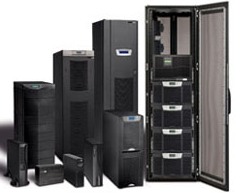IT Career Development Platform
SKIP>>
We built MyTechLogy for you
Help us to help you.
Share your expectations and experience to improve it.
Please enter your feedback.
Click here to continue..
Thank you for your Feedback
Your feedback would help us in sending you the most relevant job opportunities

 Simon
Simon








